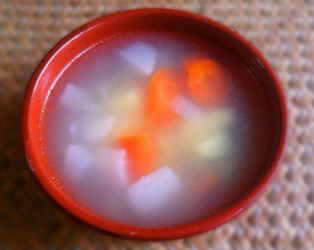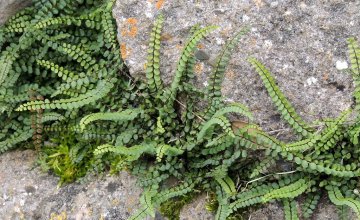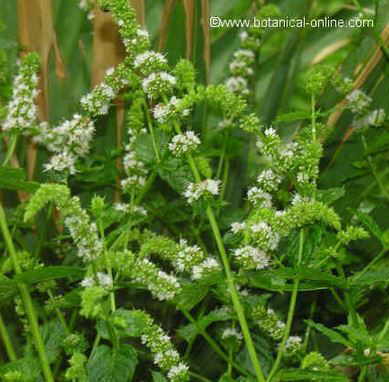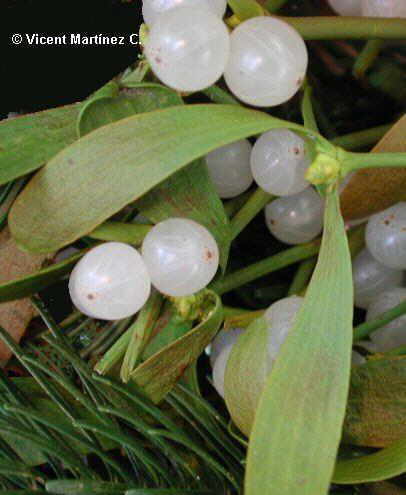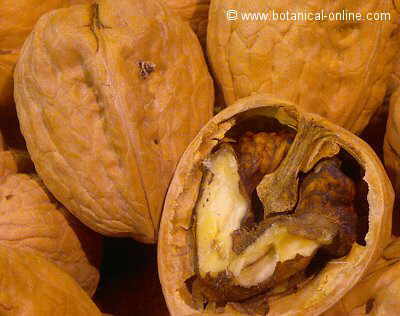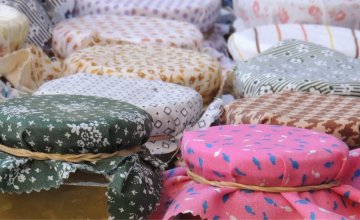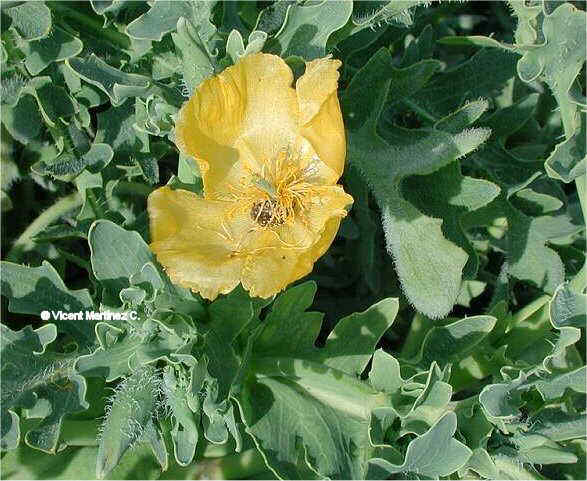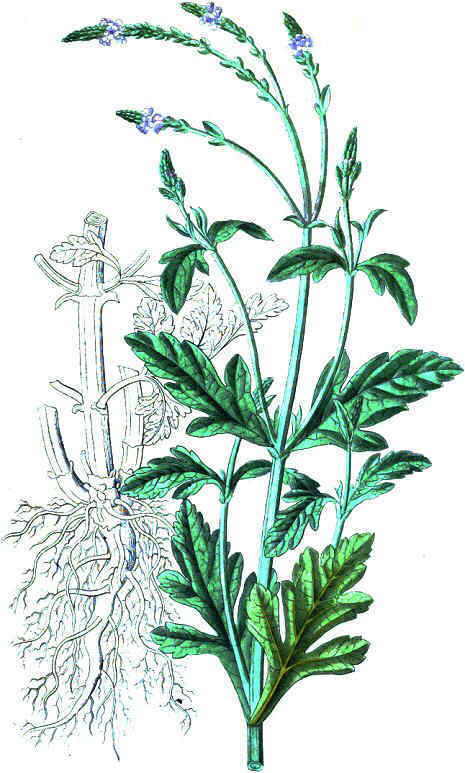Contents
- 1 What is a Jerusalem artichoke?
- 1.1 Jerusalem artichoke characteristics (Helianthus tuberosus)
- 1.2 Habitat. Where to find Jerusalem artichokes?
- 1.3 Jerusalem artichoke description
- 1.4 How is the flower of Jerusalem artichoke?
- 1.5 How are the tubers of Jerusalem artichoke?
- 1.6 USES OF JERUSALEM ARTICHOKE
- 1.7 Jerusalem artichoke as human food
- 1.8 Other uses of Jerusalem artichoke
- 1.9 Composition of the Jerusalem artichoke
- 1.10 Main components of Jerusalem artichoke
What is a Jerusalem artichoke?
Jerusalem artichoke characteristics (Helianthus tuberosus)
Common English name: Jerusalem artichoke, sunroot, sunchoke, earth apple, topinambour
Common name in other languages:
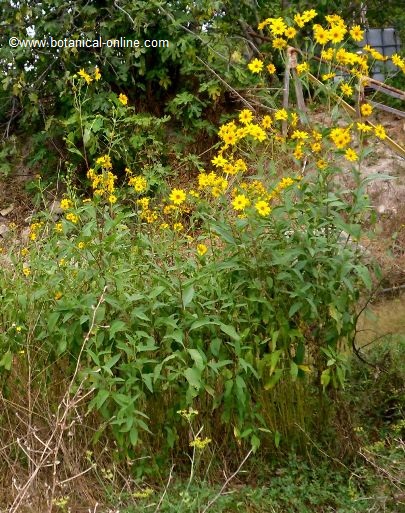 In the image, a general view of the plant
In the image, a general view of the plant
Scientific name: Helianthus tuberosus L.
Family: Compositae plants
Origin: This plant is native to eastern North America, and was introduced in France in the seventeenth century. The plant quickly spread throughout Europe markets both for human consumption and for animal feed.
Habitat. Where to find Jerusalem artichokes?
Cultivated in gardens, wild shores, wet meadows, forests, near lakes, or uncultivated land which has formerly been cultivated, landfills…etc
Distribution: It is grown in tropical and subtropical countries to obtain root vegetables and fodder. Inulin source used for the industry. Naturalized throughout North America, Europe, Asia and Oceania.
Jerusalem artichoke description
Jerusalem artichoke (Helianthus tuberosus) is a plant closely related to the sunflower, cultivated in gardens for its edible tuber.
This is a large annual plant, which can reach up to 2.5 – 3m. tall. The stem is thick, erect, rough, reddish, which has several branches.
The leaves are alternate, large, stalked, ovate-lanceolate and toothed margin. Size 10-25cm. 7-15 long and wide. As sunflower leaves, these are rough to the touch.
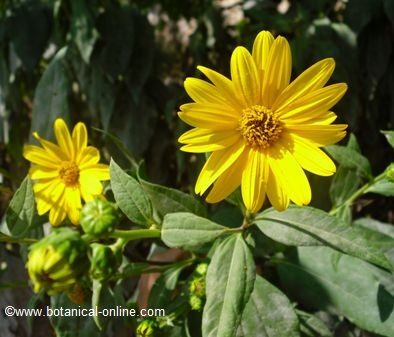 Jerusalem artichoke flower
Jerusalem artichoke flower
How is the flower of Jerusalem artichoke?
The flower of the artichoke is in fact a flower head, that is to say, many flowers gathered together in a typical inflorescence of Compositae plants, called flower head, such as it can be seen in other plants of the same family, as the daisy flower or sunflower.
It consists of a head with radiated flowers with florets in the center of the flower bud, blackish, and in the periphery, ray florets (female) with fine yellow florets that look like petals. The receptacle or disc floret is convex and has floral bracts narrowly lanceolate.
It blooms from summer to early fall.
The fruit is an achene, similar to sunflower seeds, 5 – 7mm long.
How are the tubers of Jerusalem artichoke?
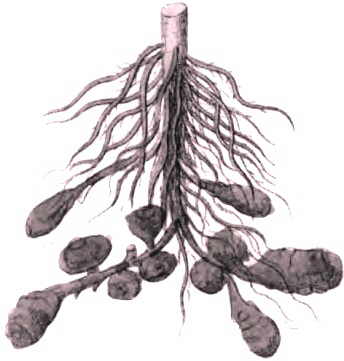 Botanical illustration of tubers and roots
Botanical illustration of tubers and roots
The plant has underground tubers rich in inulin and nutrient reserves, which allow the plant to dispose of food during the winter.
The tubers are elongated or oval, pale brown, red, purple or white with beading.
They taste similar to those of artichokes, so they take the common name of Jerusalem artichokes.
The tubers are used to form new plants, and if they are not extracted from the soil, they will eventually form large clumps of plants all over the field.
Used parts
- Tubers
- Stems
- Leaves
USES OF JERUSALEM ARTICHOKE
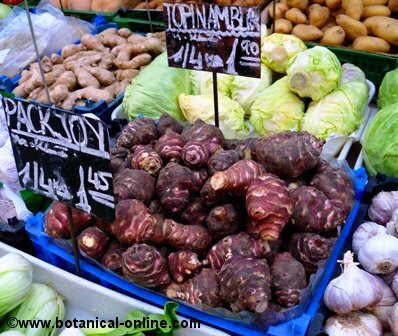 Jerusalem artichoke tubers sold in the market
Jerusalem artichoke tubers sold in the market
Jerusalem artichoke as human food
The tubers are an excellent winter food. These are rich in inulin, a type of dietary fiber very healthy for low-fat diets and especially for people with diabetes.
The boiled tuber is generally consumed in culinary preparations similar to potatoes. If harvested in winter, preferably when frost has passed, it is sweet and pleasant, and can be taken as a radish, raw in salads.
Other uses of Jerusalem artichoke
Besides human food, Jerusalem artichokes can be used as:
- Animal fodder: The leaves and tubers of Jerusalem artichoke are an excellent food for animals such as pigs and cattle. In some countries it has been called “papa Chanchera” because of its use as pig feed.
- Coffee substitutes: roasted tubers are used to prepare a coffee substitute drink without caffeine.
- Sweetener: because they are high in inulin, is an industrial source to produce fructose and sweeteners.
- Medicinal: the tuber is used in herbal medicine as laxative, cholagogue, and stomach tonic. It is a folk remedy for diabetes and rheumatism.
- Biomass: the whole plant is used as an energy source. The tubers are used in industry for the production of ethanol of better quality than that produced from sugar beet. These are used in perfumery, for industrial alcohol and fuel.
- Industrial uses for extracting inulin: tubers, naturally high in inulin between 1620% of the fresh weight of tuber are one of the richest natural sources of this type of fiber.
The industry uses sweeteners and additives to produce inulin. Due to the properties of inulin, this is used to replace fat in light foods because it simulates its thick texture and improves the taste of these products. An example of its use is found in some yogurts, as in Germany, where about 70% of yoghurt contains inulin.
Composition of the Jerusalem artichoke
The Jerusalem artichoke contains a high percentage of water, nearly 80% of the weight of fresh tubers. For this reason, in some regions it is called in Spanish aguaturma (agua=water)
It is very rich in complex carbohydrates such as hemicellulose and especially fructans, such as inulin and derivatives (inulenin, synanthrin, dilevan). Inulin is a complex carbohydrate that benefits the liver acting as a bitter tonic. This component is also found in chicory, artichokes and gentian.
- Simple carbohydrates: the tuber of Jerusalem artichoke contains glucose and levulose.
- Protein: It has a low protein content.
- Amino acids: Among the amino acids, it contains arginine, alanine, glutamic acid, serine, glycine, histidine, isoleucine, leucine, lysine, methionine, proline and valine.
- Vitamins: beta carotene, choline, riboflavin, niacin, vitamin C.
- Minerals: potassium, magnesium, phosphorus, iron, manganese, sodium, zinc, iodine, copper, boron.
- Enzymes: catalase (antioxidant), inulase (enzyme that converts inulin into fructose), tyrosinase (responsible for tuber browning when cut).
- Sesquiterpene lactone: Heliangine. The sesquiterpene lactones are bitter principles used because of their digestive properties. These stimulate the secretions of the stomach and gallbladder, being a remedy for better digestion
Main components of Jerusalem artichoke
| Composition of Jerusalem artichoke per 100g. | |
Nutrient | Amount |
| Calories (kcal.) | 25 |
| Carbohydrates (g.) | 6,75 |
| Proteins (g.) | 0,48 |
| Fats (g.) | 0,04 |
| Fiber (g.) | 5,90 |
| Vitamin C (mg.) | 0,60 |
| Vitamin B1 or thiamin (mg.) | 0,08 |
| Vitamin B2 or riboflavin (mg.) | 0,20 |
| Vitamin B3 o niacin (mg.) | 0,07 |
| Vitamin B6 o pyridoxine (mg.) | 0,09 |
| Folates (mcg.) | 19 |
| Calcium (mg.) | 16 |
| Magnesium (mg.) | 25 |
| Phosphorus (mg.) | 14 |
| Sodium (mg.) | 9 |
| Potassium (mg.) | 43 |
| Iron (mg.) | 0,56 |
| Zinc (mg.) | 0,66 |
| Copper (mg.) | 0,45 |
| Selenium (mcg.) | 11,10 |
| Water (g.) | 92,59 |
| Botanical classification | |
| Kingdom | Plantae – Plants |
| Subkingdom | Tracheobionta Vascular plants |
| Superdivision | Spermatophyta Seed plants |
| Division | Magnoliophyta or Angiosperms Flower plants |
| Class | Magnoliopsida or dicotyledonous |
| Order | Asterales |
| Family | Asteraceae or Compositae |
| Subfamily | Asteroideae |
| Tribe | Heliantheae |
| Subtribe | Helianthinae |
| Gender | Helianthus |
| Species | H. tuberosus |
![]() More information on Jerusalem artichoke.
More information on Jerusalem artichoke.

